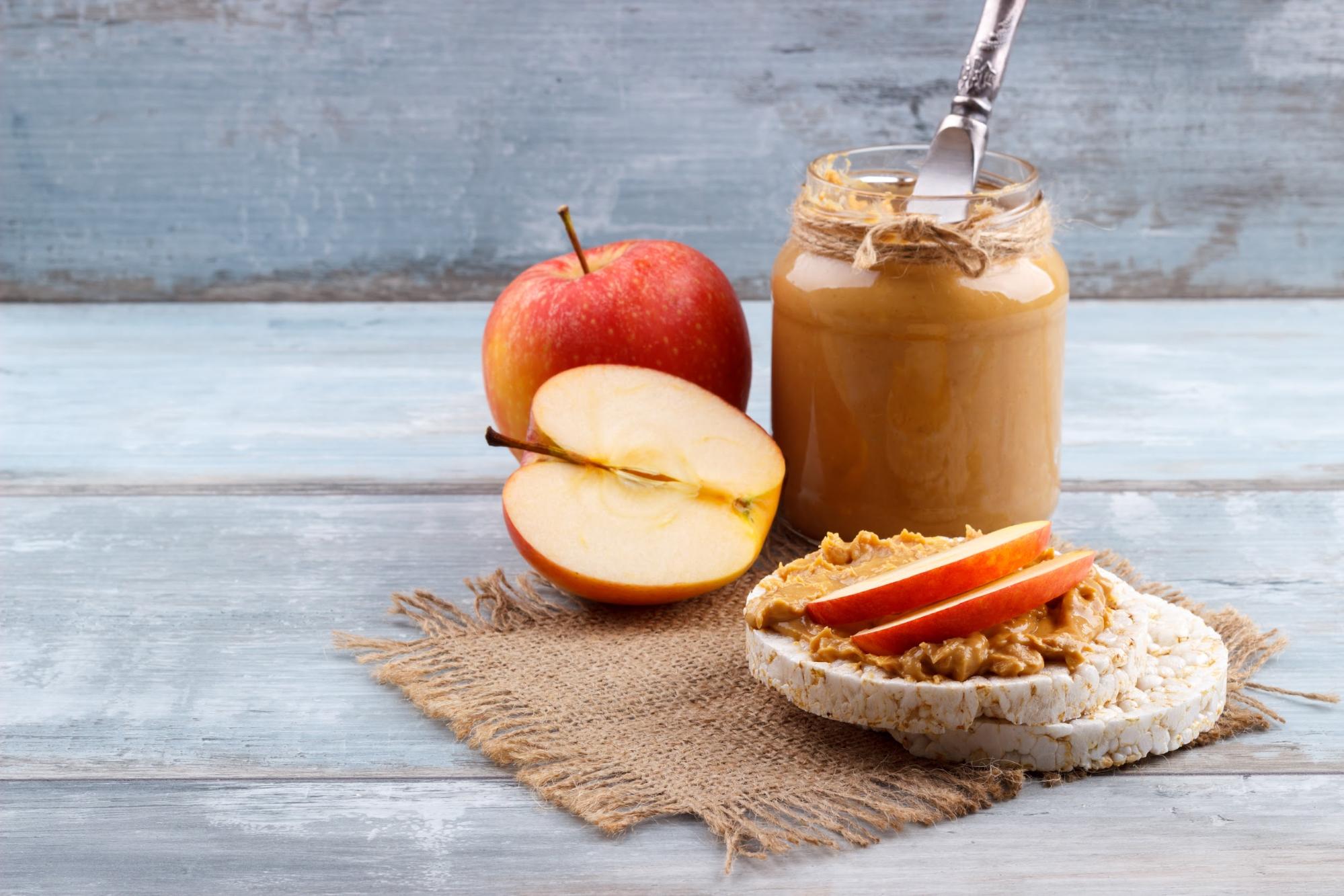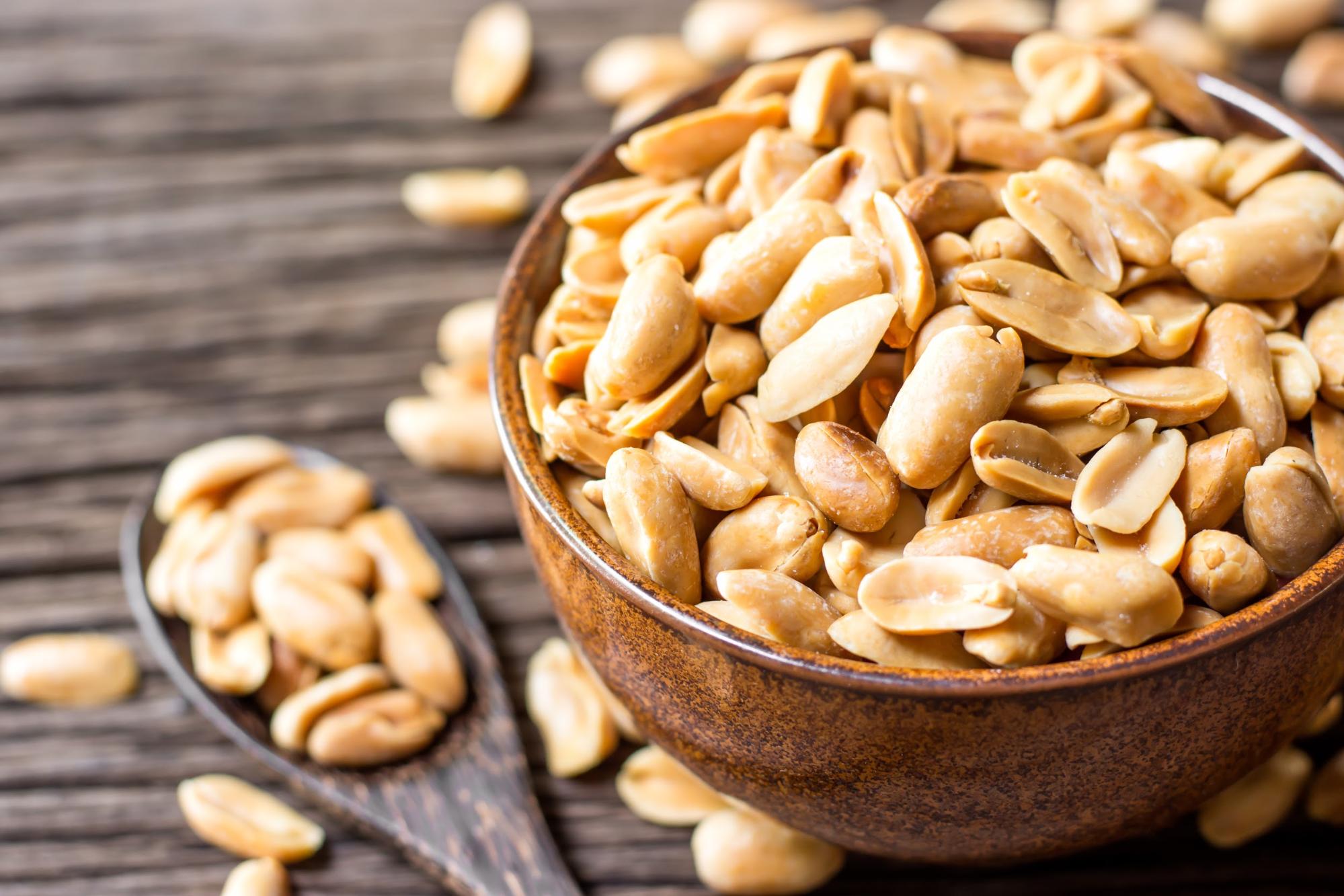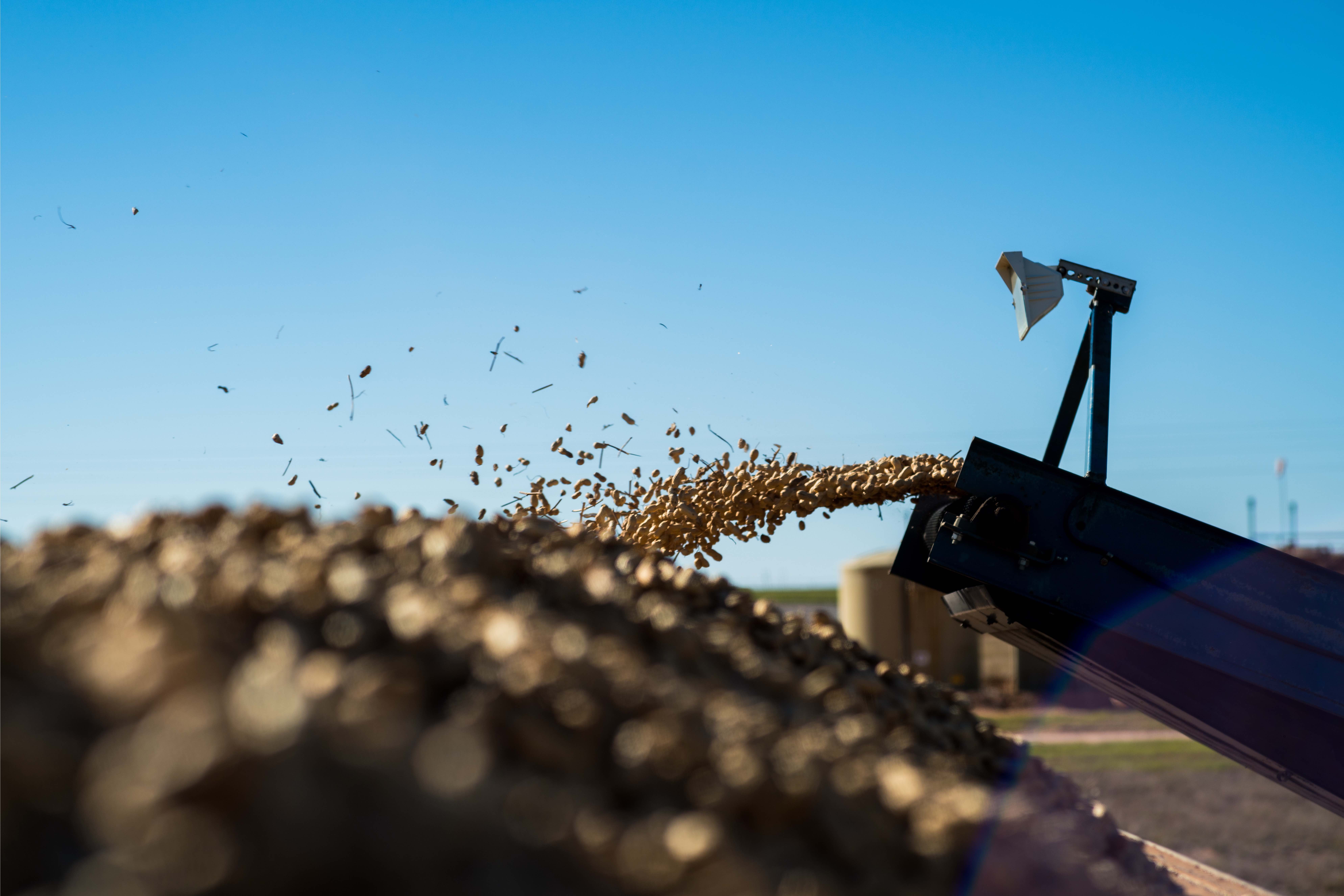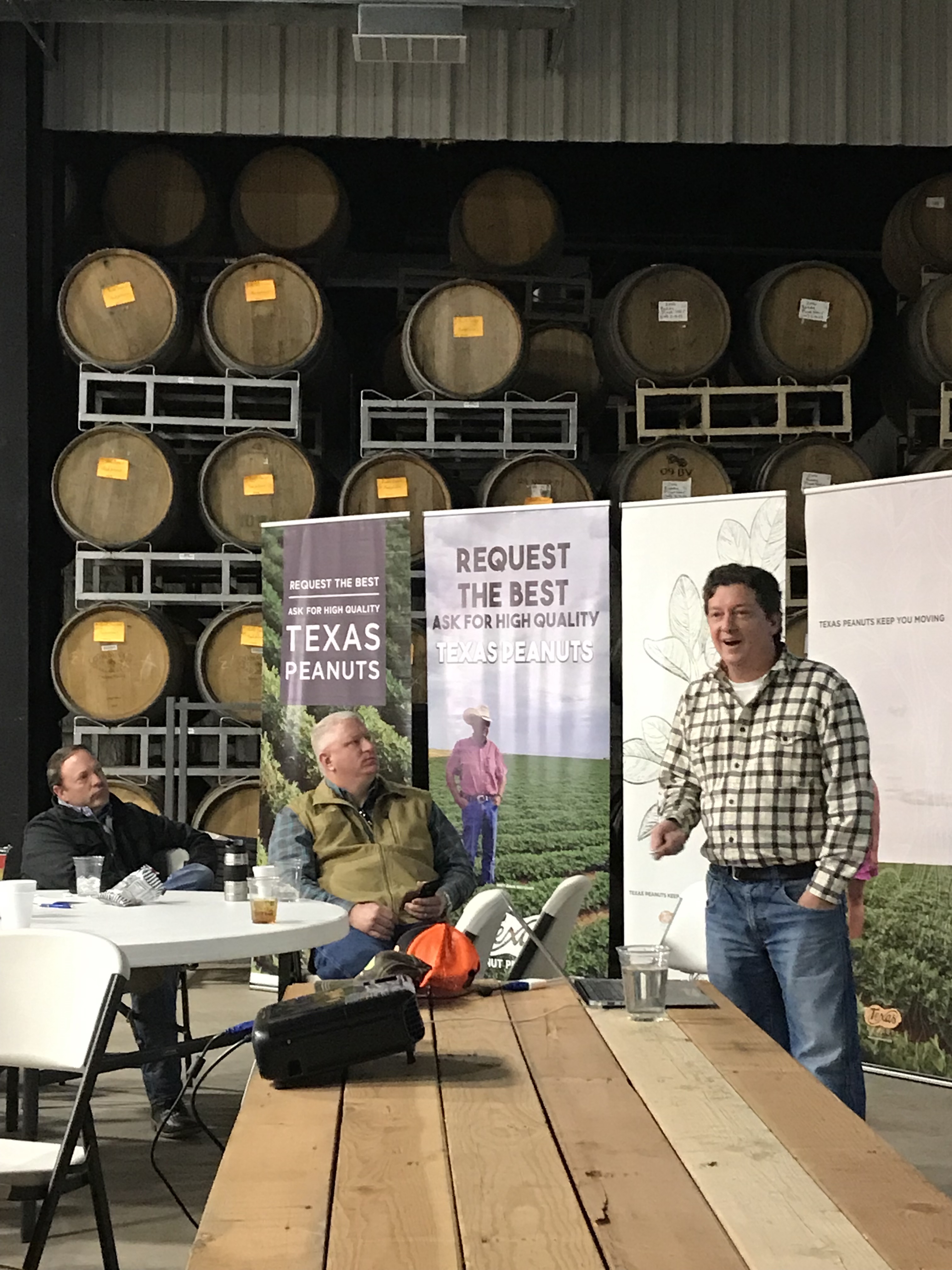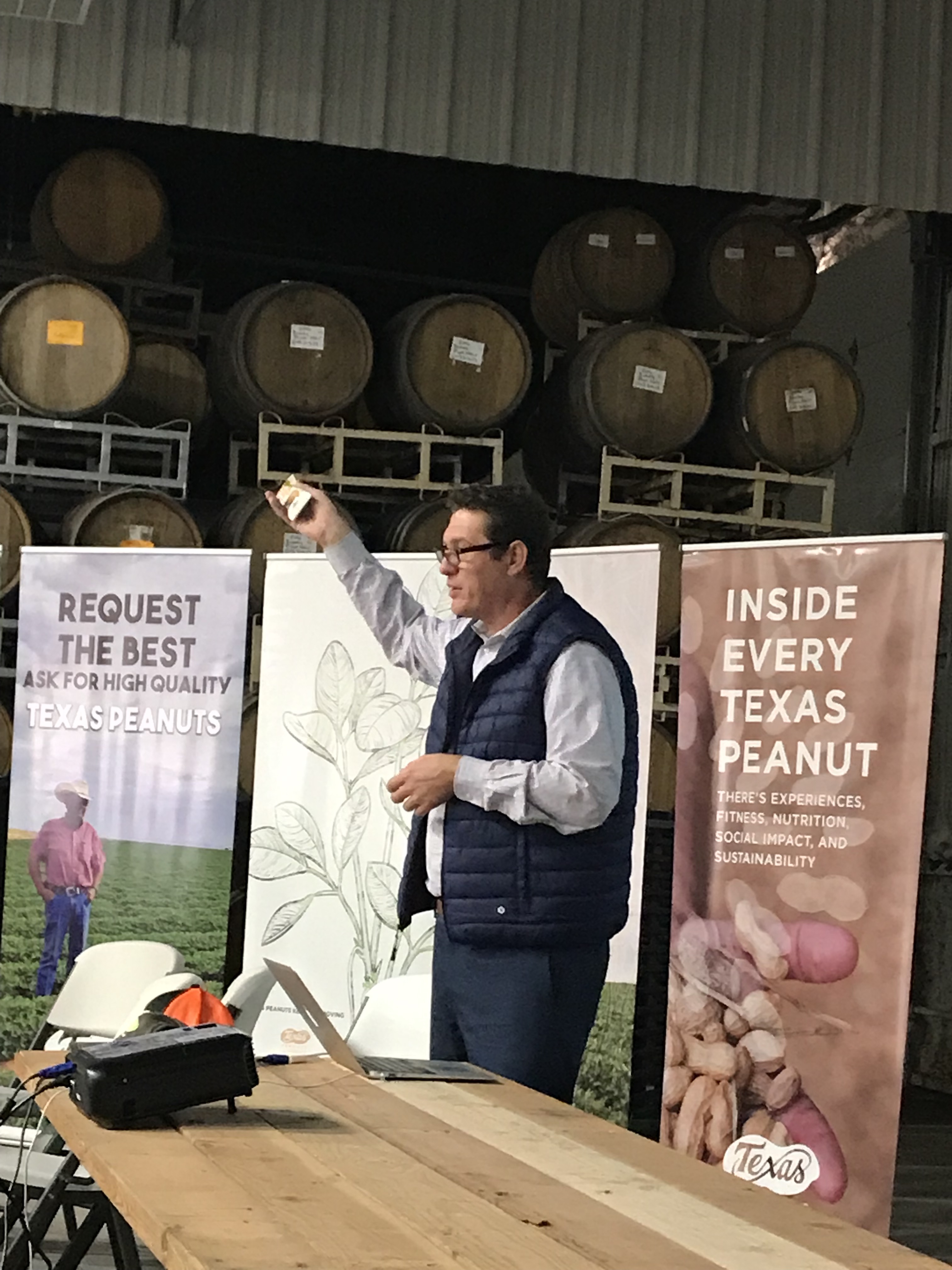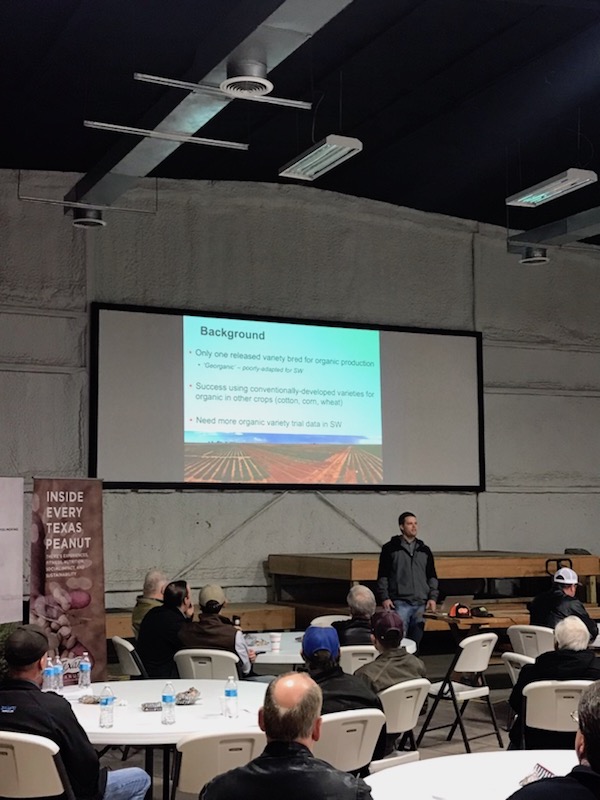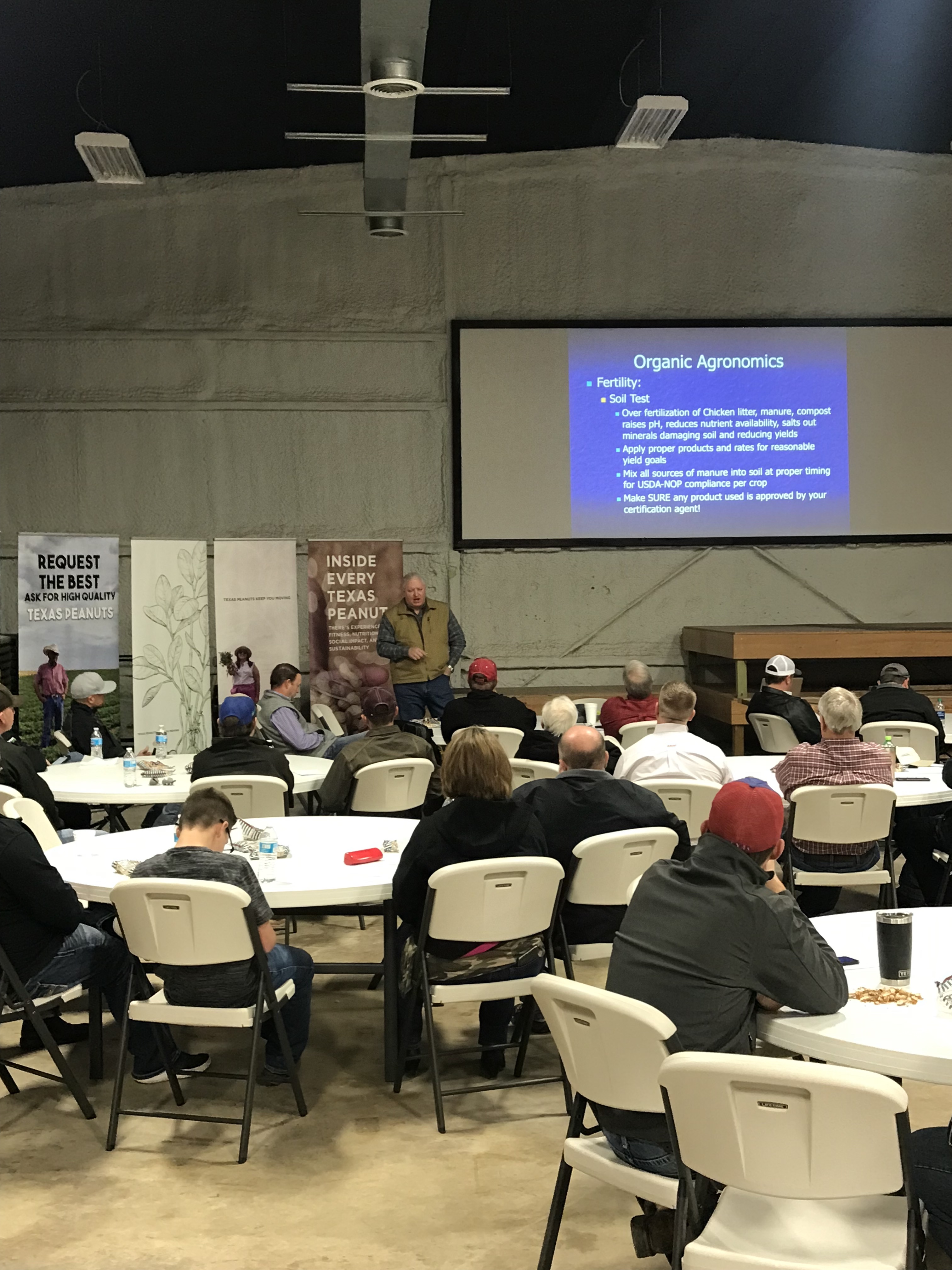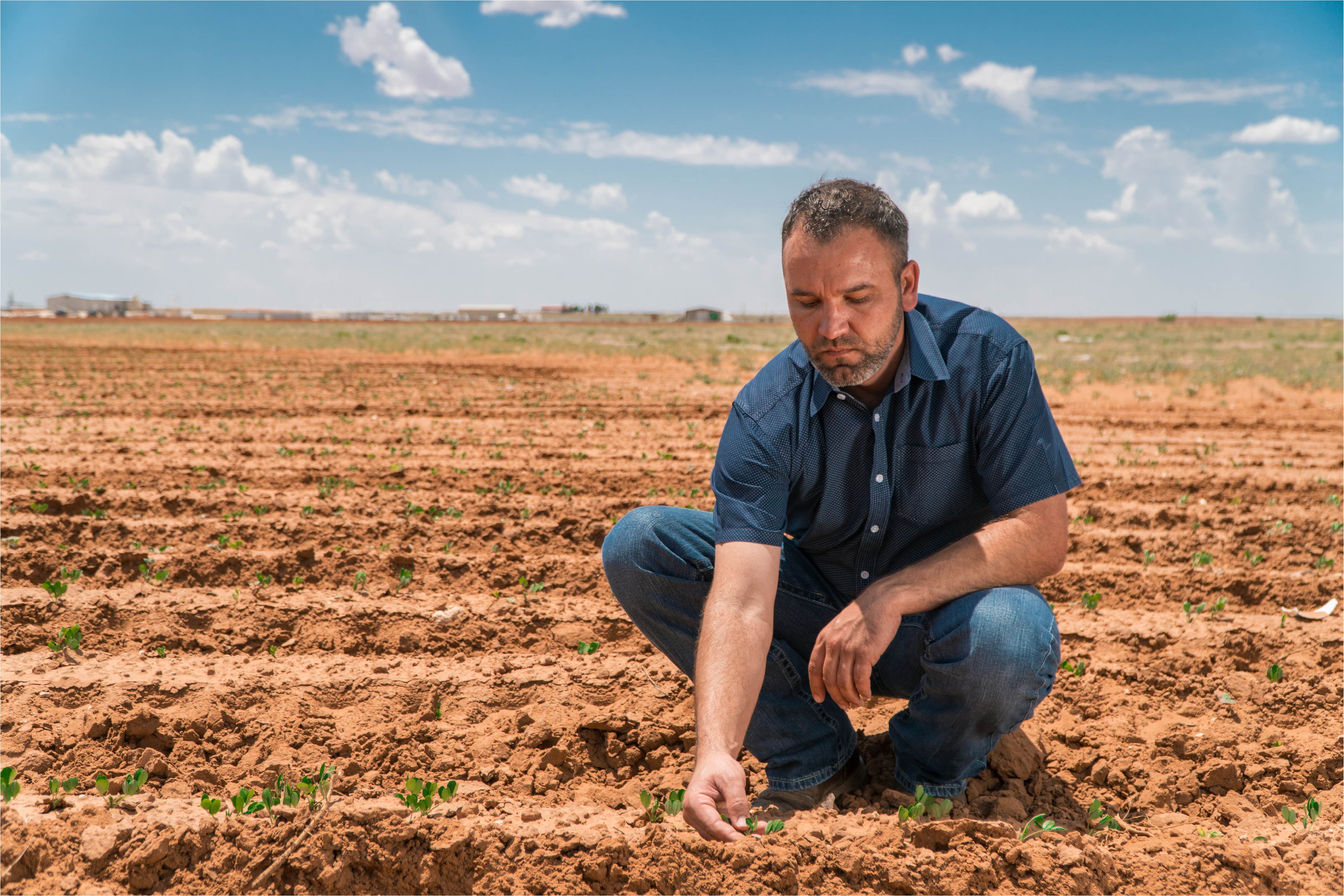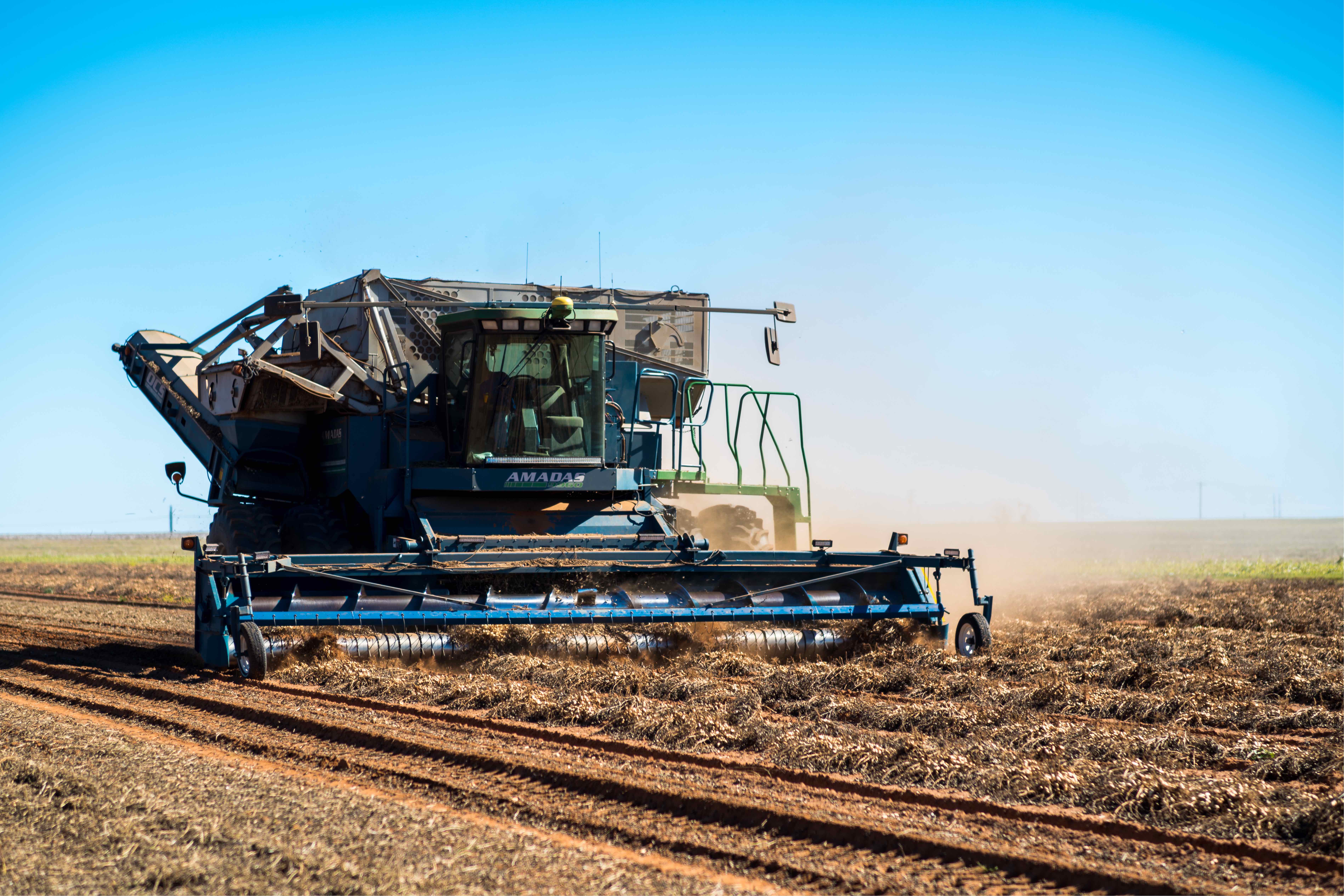We know what you’re thinking. What do peanuts have to do with Spring Break?
Besides being an easy-to-pack protein snack, the Texas peanut is part of a healthy whole foods diet. The key to a toned body is lots of protein. Let’s take a look at some of the ways you can use peanuts in your Spring Break diet.
Peanuts are Filling
Peanuts are a unique food, because they are perfectly suited for both losing weight and gaining weight. No wonder why Americans eat more than six pounds of peanut products every year!
Raise your hand if you’re a stress-eater. Next time you reach for the bag of chips, grab a couple of handfuls of Texas Peanuts and enjoy a guilt-free filling food.
Peanuts are Nutrient-Packed
Pop a peanut in your mouth and you’re snacking on 29 essential vitamins, minerals, phytonutrients and antioxidants.
Naturally cholesterol-free, peanuts are also low in saturated fats and high in fiber, making them a delicious way to keep your muscles, skin, bones and organs functioning well.
They’re also an ideal treat for people with dietary issues like gluten intolerance or diabetes.
Peanuts Are Travel-Ready
Have shell will travel. In the shell or in a can, the Texas Peanut is ready to go at a moment’s notice. Whether you’re going on a road trip with friends or loading up the kids for a trip down to the Texas coast for the week, the peanut is ready when you are.
Think of all the peanut possibilities!
Don’t Mess With Texas Peanuts
Texas is the second largest peanut growing state in the nation. When you buy peanuts from a Texas producer, you’re helping farmers and their families put food on their own table.
For more about Texas Peanuts, check out ourwebsite peanut butter and jam-packed with resources.

